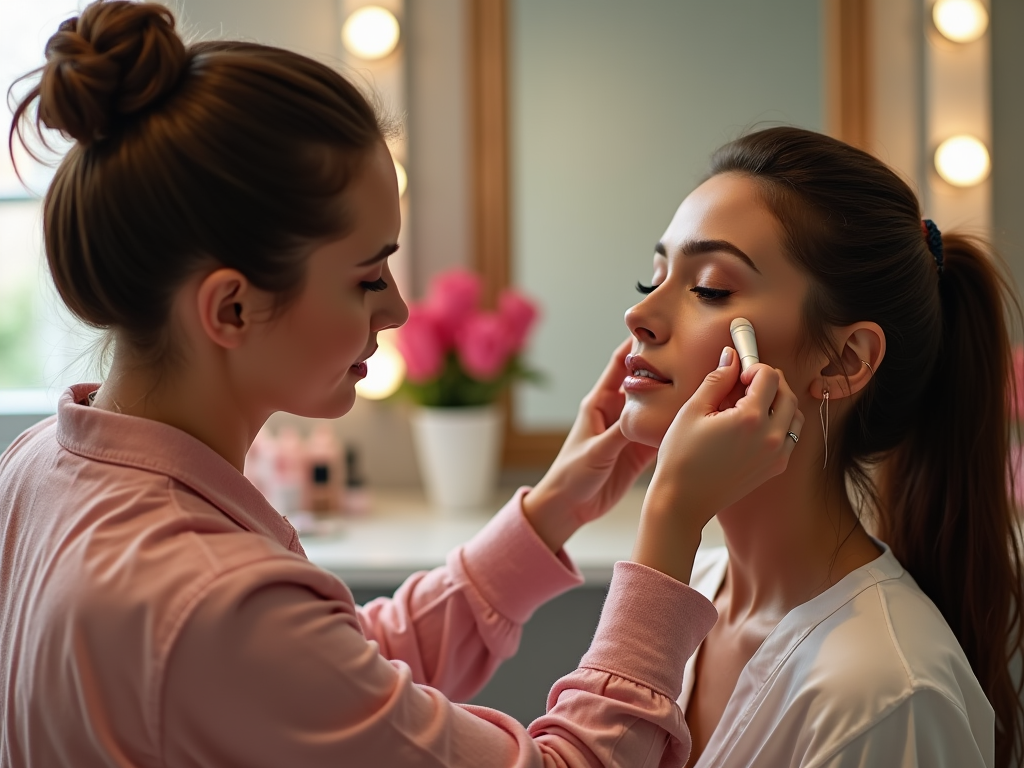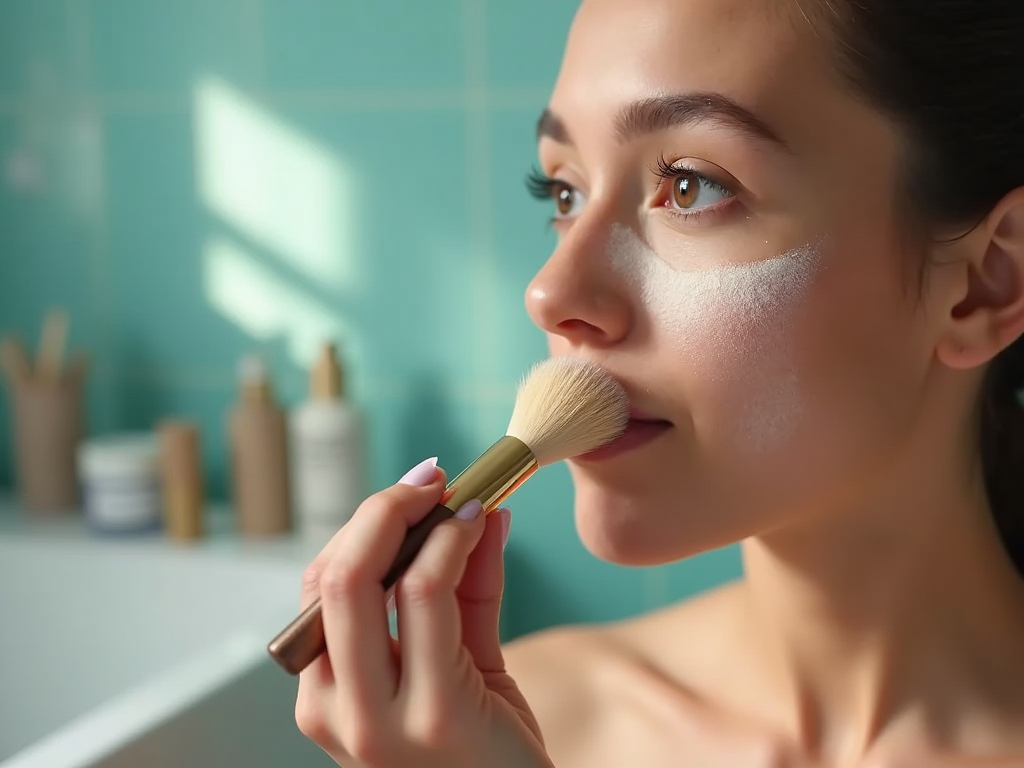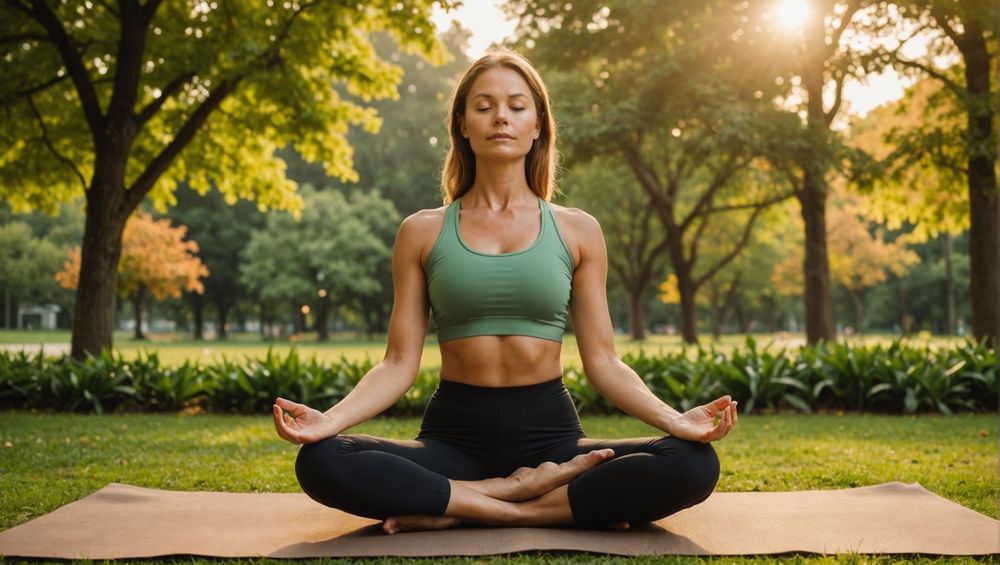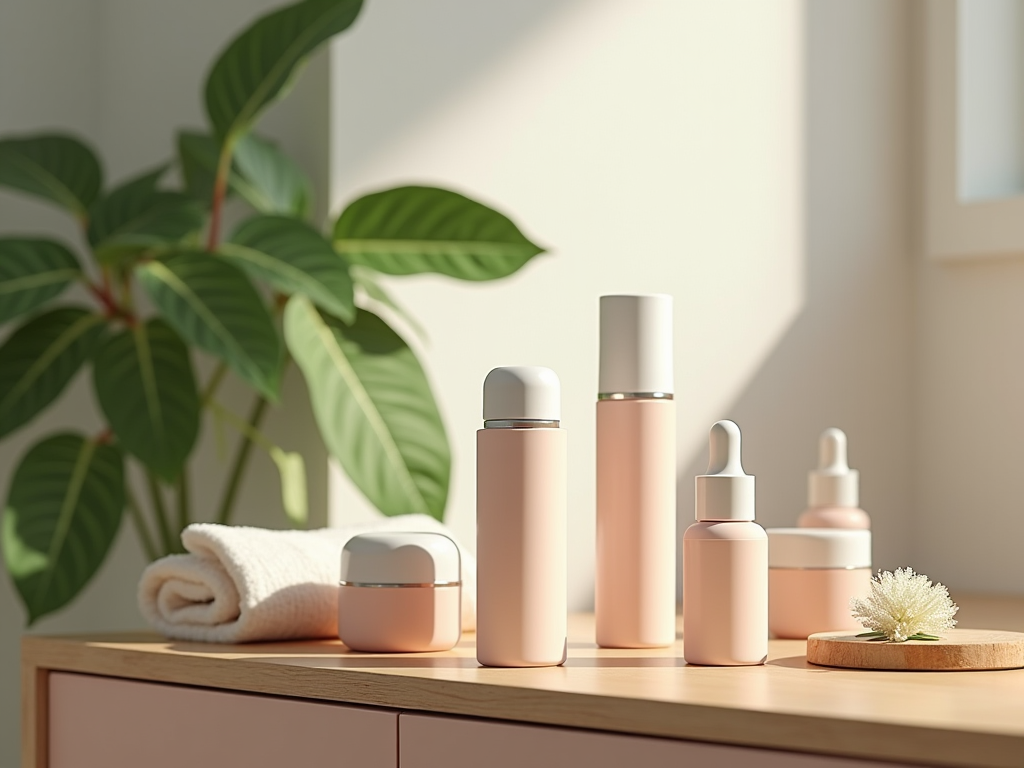
What Exactly Is Setting Powder? Everything You’ve Ever Wanted to Know
Setting powder is a type of cosmetic powder designed to “set” makeup in place, ensuring it lasts longer without creasing or fading. It’s often used as a crucial step in the makeup routine to finish off the applied foundation and concealer. This article will delve into the fascinating world of setting powders, exploring their types, benefits, application techniques, and much more. Understanding the proper use and selection of setting powder can dramatically enhance your makeup regimen, providing a flawless, long-lasting finish.
The Purpose of Setting Powder

The primary function of setting powder is to lock foundation and concealer in place, keeping your makeup looking fresh throughout the day. Setting powders are typically applied after liquid foundation to absorb excess oils and minimize shine, resulting in a matte finish. This is particularly beneficial for those with oily skin or individuals looking to control shine in the T-zone area. Additionally, setting powders help to blur fine lines and pores, giving the skin a softened, airbrushed effect. By reducing the likelihood of makeup smudging or transferring, setting powder ensures your look remains intact from morning till night.
Types of Setting Powder

Setting powders are available in a variety of formulations, each offering distinct benefits to suit different skin types and makeup goals. The most common types include:
- Translucent Powders: These are colorless powders ideal for all skin tones. They do not alter the color of the foundation but help to set and mattify the face.
- Tinted Powders: With subtle pigmentation, these powders can provide additional coverage and can slightly adjust the tone of your foundation.
- Loose Powders: Best for a natural, lightweight feel, loose powders can be more challenging to travel with due to their spill-prone nature.
- Pressed Powders: Compact and portable, pressed powders are ideal for touch-ups on the go, offering a more dense application.
When selecting a setting powder, it’s essential to consider your skin type and the desired finish to ensure a complementary and cohesive look.
How to Properly Apply Setting Powder
Achieving a flawless look with setting powder requires proper application techniques. Here’s a step-by-step guide to help you master the process:
- Start with a clean and moisturized face to create a smooth base for your makeup.
- Apply your foundation and concealer as usual, ensuring they are well-blended.
- Using a large, fluffy brush or a makeup sponge, gently pick up the setting powder.
- Tap off any excess powder from the applicator to prevent cakeyness.
- Lightly press or sweep the powder over your face, focusing on areas that tend to become oily, such as the T-zone.
- Allow the powder to blend seamlessly into the skin, giving your makeup a lasting finish.
This method will help your makeup withstand daily wear and avoid settling into fine lines or blemishes.
Setting powder has its fair share of advantages and potential drawbacks, and understanding these can help optimize its use. On the positive side, setting powder can remarkably extend the longevity of your makeup, reduce shine, and provide a smooth, flawless finish. This makes it a staple for individuals who want their makeup to last as long as possible without requiring frequent touch-ups.
However, some drawbacks include the potential for a white cast in photos, especially if applying too much translucent setting powder. In addition, over-application can lead to a cakey appearance, which is why learning the right amount to use is crucial. Balancing these aspects can ensure that setting powder enhances rather than detracts from your overall look.
Conclusion
Setting powder is an indispensable tool in the world of makeup, offering remarkable benefits for those seeking a lasting, polished finish. By understanding the different types and how to apply them effectively, you can significantly boost the durability and appearance of your makeup. Whether you prefer the versatile use of translucent powder or the added coverage of a tinted version, mastering setting powder will elevate your beauty routine. Investing time in choosing the right formula and application method can transform your daily makeup routine, leaving you confident and ready to face the day.
Frequently Asked Questions
What is the difference between setting powder and finishing powder?
Setting powder is used primarily to lock in foundation and concealer, enhancing longevity and minimizing shine. In contrast, finishing powder is generally applied after setting powder to provide a soft-focused finish and blur imperfections further.
Can setting powder be used without foundation?
Yes, setting powder can be used without foundation to reduce shine and lightly blur the appearance of pores for a more natural look. However, it may not offer the same coverage benefits as when used atop a foundation.
How do I choose the right shade of setting powder?
If you’re opting for a tinted setting powder, choose a shade that matches your skin tone or is slightly lighter. Translucent powders are generally suitable for all skin tones as they are colorless and won’t alter the foundation’s shade.
Is setting powder suitable for dry skin?
Setting powders can be suitable for dry skin if used sparingly and in the right formula. Look for hydrating or finely milled powders that won’t emphasize dryness, and always moisturize well beforehand.
How often should I reapply setting powder during the day?
Reapplication depends on your skin type and environment. For oily skin, a midday touch-up might be necessary to control shine. However, using a setting spray can help reduce the need for frequent powder reapplication.

